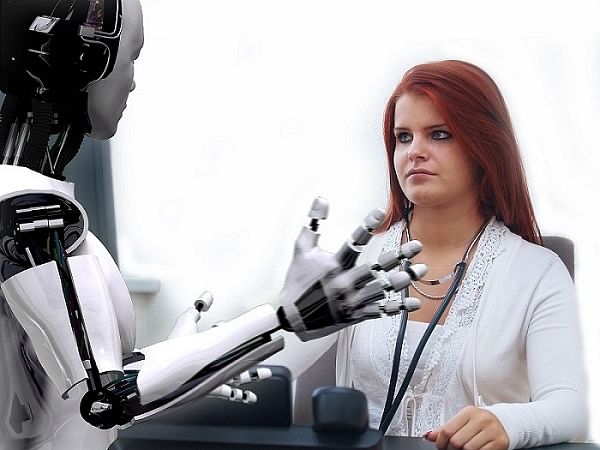Has machine translation finally achieved human parity?

Running a company efficiently is all about balancing the books. Knowing where to spend and where to cut back can be tricky, particularly in a challenging economic environment.
Professional translation is one area where businesses often try and cut costs, usually to their detriment. Perfect business translation is not easy to achieve, even for a human, let alone a machine. That’s why machine translation has been plagued by clumsy phrasing and plentiful mistakes, despite decades of investment in trying to perfect it.
Achieving human parity
Now, however, a team of researchers at Microsoft claim to have reached the machine translation holy grail – human parity. According to Microsoft, its ability to translate from Chinese to English using a machine have stepped up a gear. The head of Microsoft’s speech, natural language and machine translation efforts, Xuedong Huang, comments,
“Hitting human parity in a machine translation task is a dream that all of us have had. We just didn’t realize we’d be able to hit it so soon.”
The Microsoft team used 2,000 sentences taken from various online newspapers. It then translated them using a machine and compared the results to the same translations delivered by humans. The accuracy of the machine translations was reported to be on a par with that of the human ones.
The researchers credited Artificial Intelligence (AI) advances with helping them to achieve the significant translation milestone. They used deep neural networks to build a new approach to machine translation, which included dual learning, deliberation networks (akin to the machine checking over and improving its own work), joint training and agreement regularisation (which reads sentences from both left to right and right to left). This enabled the delivery of more natural-sounding translations.
The end of human translation?
While the achievement is certainly a step forward, businesses should be cautious about rushing out to use machine translation just yet. The results have so far only been produced in Microsoft’s test environment – they have not been replicated in real time. They are also limited at present to the Chinese/English language pairing.
Despite these limitations, Microsoft’s achievement is impressive. If it can replicate the results for other languages and in real time scenarios, this might just be the development that eventually takes machine translation to the next level.
In the meantime, Tomedes is here to help your business with its translation needs, so please contact us to find out more about our range of translation services.
CATEGORIES
STAY INFORMED
Subscribe to receive all the latest updates from Tomedes.
© Copyright 2007-2022 TOMEDES. All Rights Reserved.


Post your Comment